
Unless you’re an armchair beer historian, you likely have some confusion about the pale ale and its origins. A quick primer: pale ale isn’t a remotely new category. This style of beer — made using warm fermentation and pale malt — has been in existence since the 1700s. It’s just the American version that’s in its infancy (along with its many offshoots).
In 1975, Anchor Brewing’s Anchor Liberty Ale was, technically speaking, the first American Pale Ale. In 1980, Sierra Nevada brought the style to a mass market. While classic pale ales rely on Noble hops, American pale ales are known for their citrus zest notes and floral flavors due to the “C” hops from the Pacific Northwest — Cascade, Centennial, Chinook, or Columbus (most typically Cascade). Generally speaking, these beers are medium-bodied and balance their hops with a nice toasted maltiness.
As the American Pale Ale continues to expand and evolve, we got to wondering: Can the classics still stand up, flavor-wise? To investigate, we decided to put them to a blind taste test. Check out our notes and results below.
Part 1: The Taste
For this blind test, I picked eight classic American pale ales — most of which have been available for years. For what it’s worth, they’re all fairly easy to locate at your local grocer (or online retailer). Next, I blindly tasted and ranked each one to determine which is actually the best using only my sense of smell and taste.
As always, there were some interesting surprises once the various labels and all the history that comes with them were covered. Here’s our lineup:
- Three Floyds Zombie Dust Pale Ale
- Deschutes Mirror Pond Pale Ale
- Half Acre Daisy Cutter Pale Ale
- Great Lakes Burning River Pale Ale
- Toppling Goliath Pseudo Sue Pale Ale
- Sierra Nevada Pale Ale
- Oskar Blues Dale’s Pale Ale
- Sweetwater 420 Extra Pale Ale
Let’s get this pale ale party started!
Taste 1:
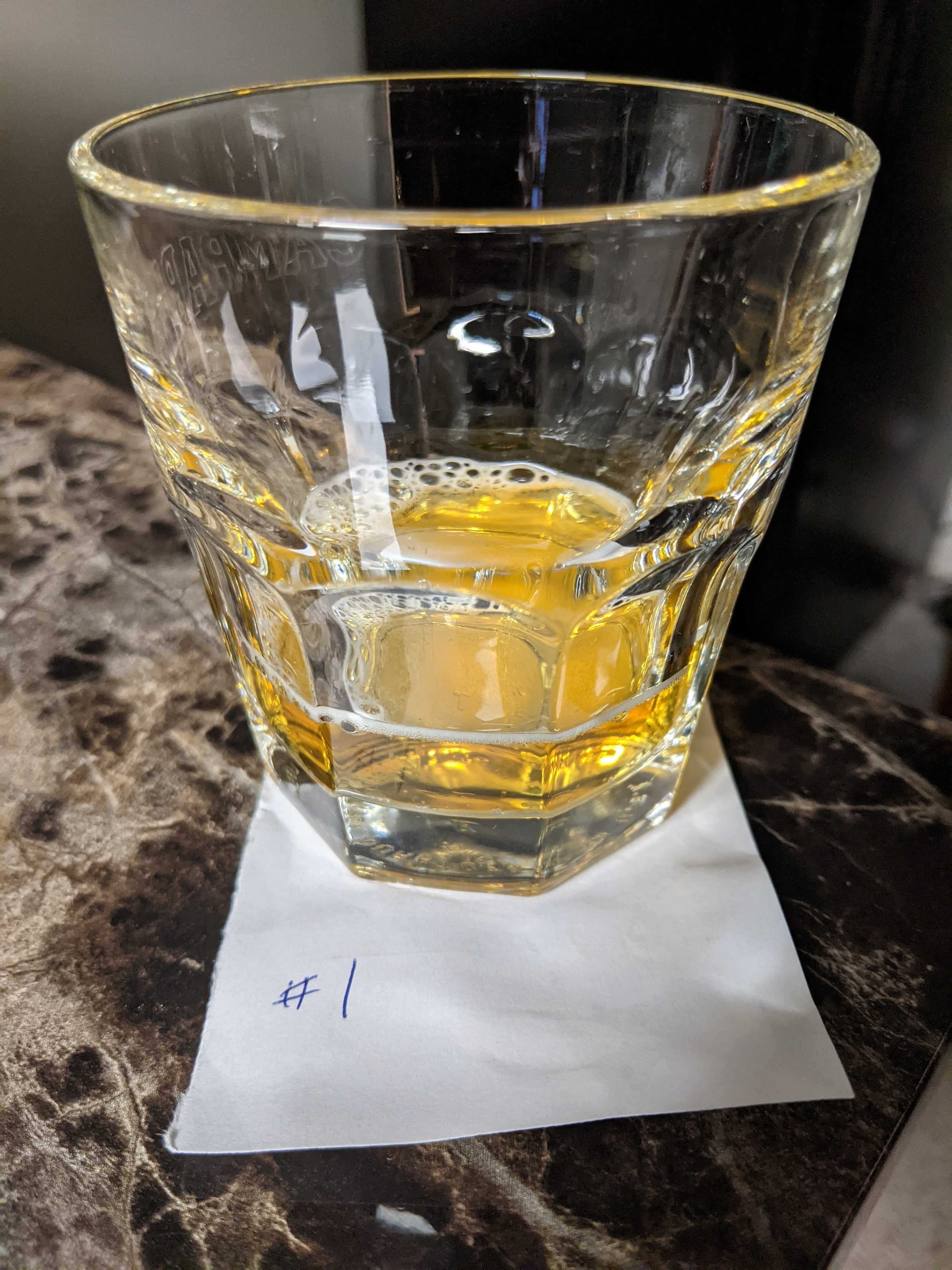
Tasting Notes:
This beer has a really fruity nose. Instead of simply citrus and pine, there are also fresh berries, wet grass, and various tropical fruits. To say a lot is going on is an understatement. The palate reveals a more citrusy beer that still carries the fruity elements of the nose.
It’s juicy, filled with tropical fruit flavors, and has a nice malt backbone. The finish is slightly bitter but pleasing.
Taste 2:
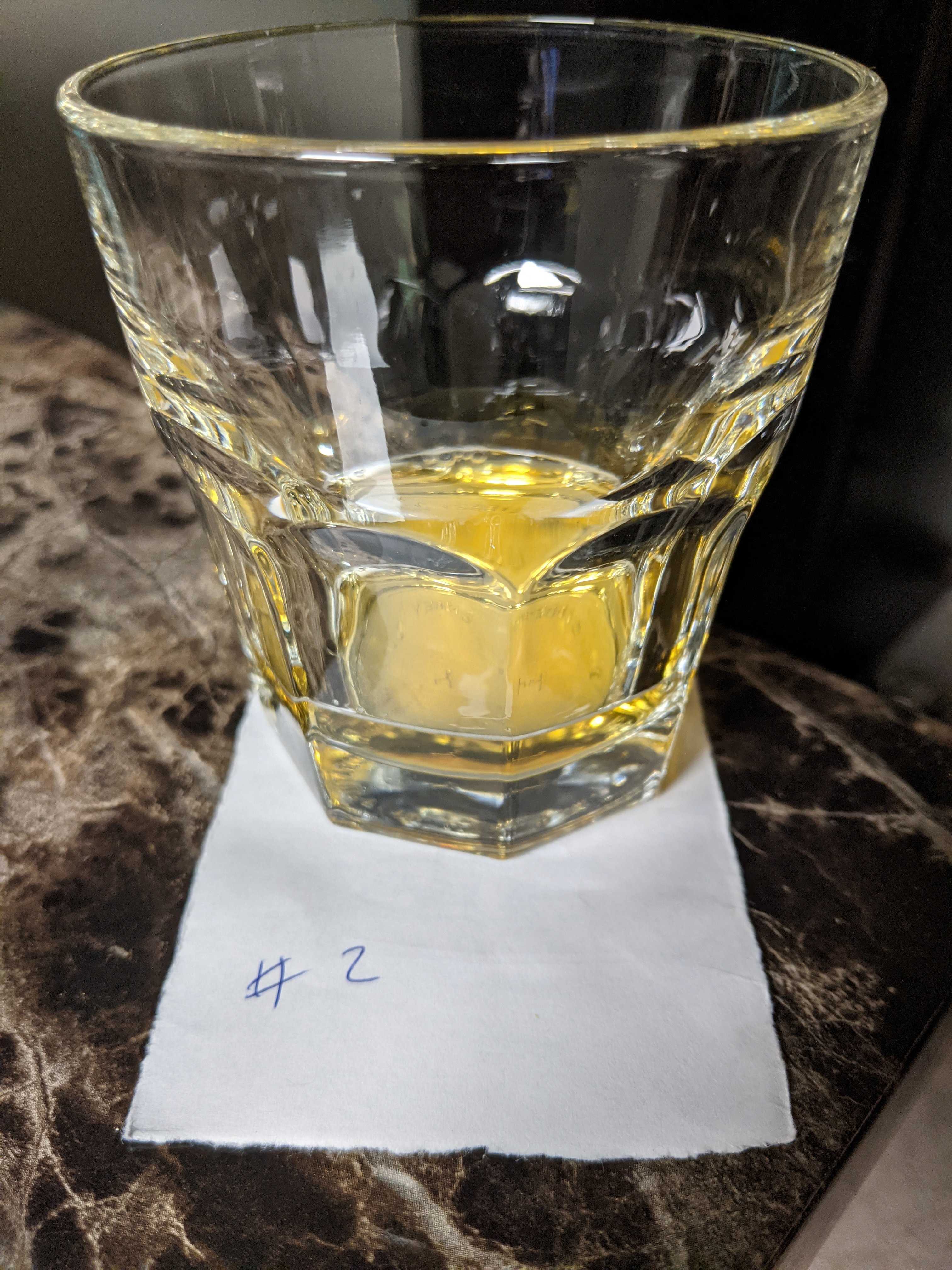
Tasting Notes:
A lot is going on with this beer’s nose, too. At the forefront is citrus zest. This is followed by slightly fruity, resinous notes and a final hint of caramel malt sweetness. The palate is loaded with lemon, lime, grapefruit, honey, and caramel flavors. All in all, it’s maltier than most of the other pale ales I’ve tasted.
Taste 3:
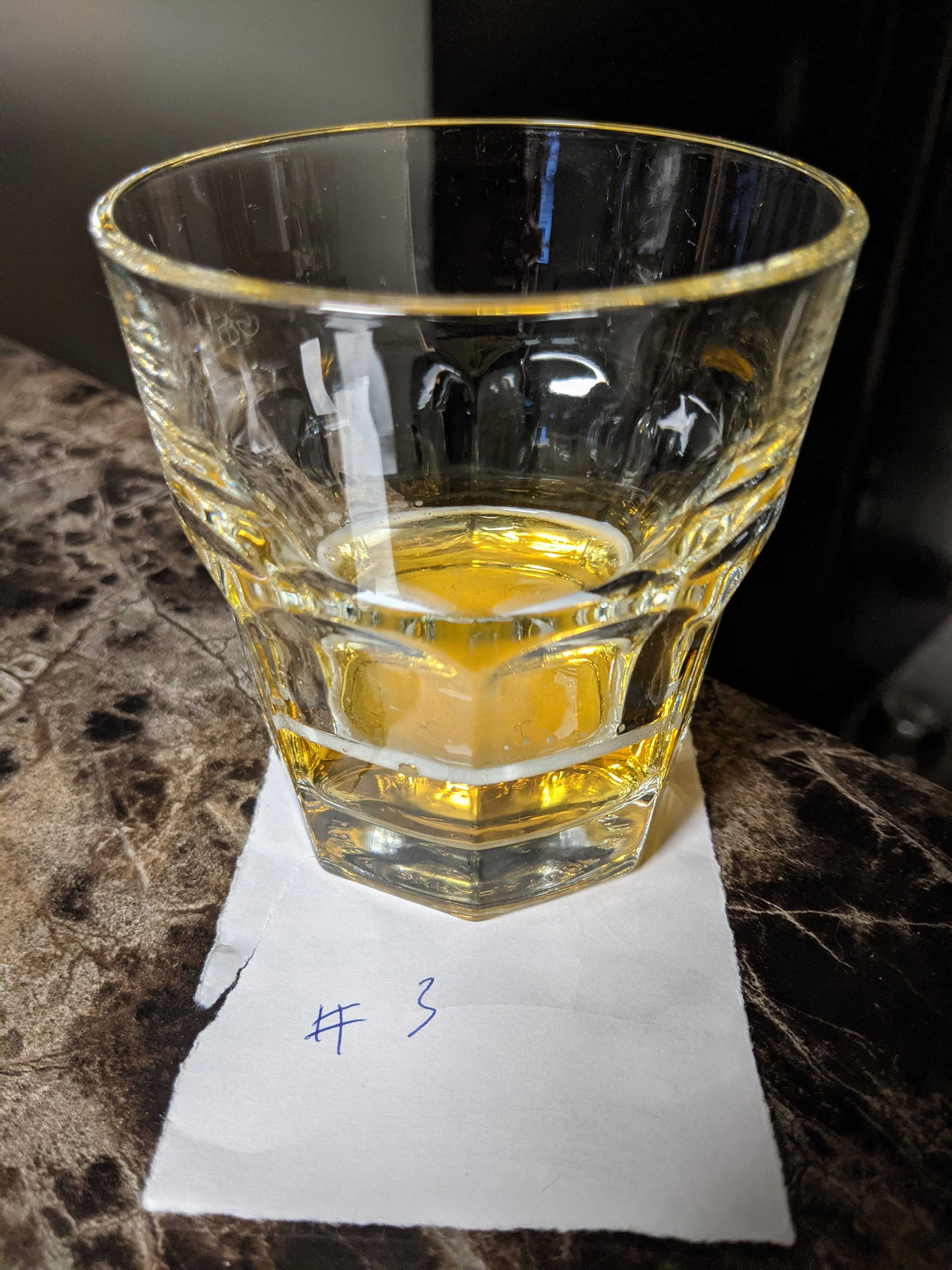
Tasting Notes:
This beer starts with extremely dank, resinous, and citrusy aromas. The palate continues the trend with grapefruit, pine, and more citrus flavors. It’s spicy, filled with citrus, and has a good deal of hop bitterness at the end.
Not a bad beer by any means. I just wish it was a little more well-rounded in the malts to hops ratio.
Taste 4:
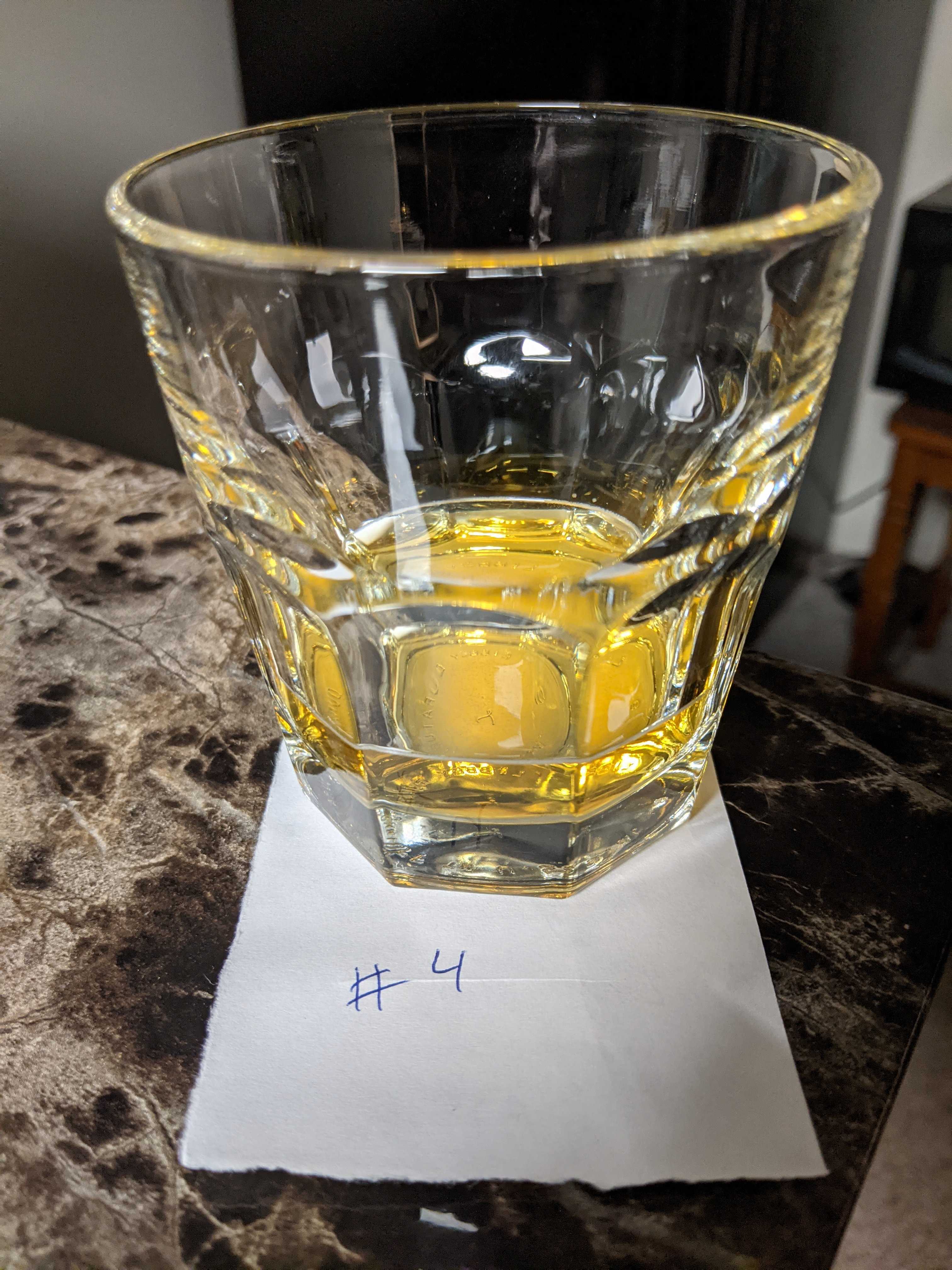
Tasting Notes:
The nose swirls with scents of pine trees, guava, ripe grapefruit, citrus peels, and a nice hint of caramel malts. The flavor is littered with stone fruits, citrus, fir tips, and just a hint of light bitterness at the finish.
This is a very citrus-forward pale ale, but there are enough other flavors to round it out nicely.
Taste 5:
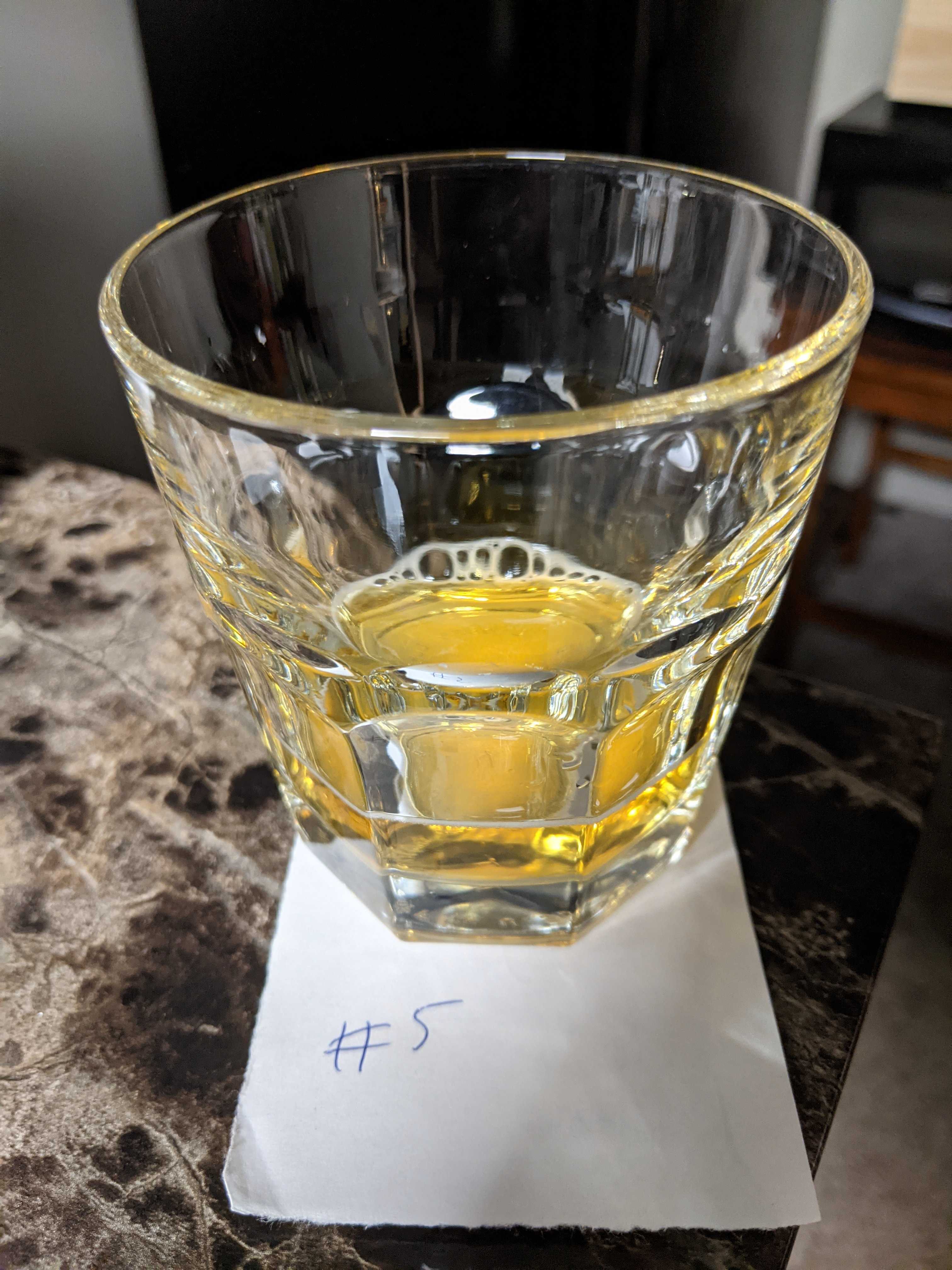
Tasting Notes:
The aroma is all hops — with wet grass, a field of wildflowers, and pine taking center stage. There’s a tiny hint of caramel malts, but I wish there was more. It honestly smells more like an IPA than a pale ale. When I sipped it, I found grapefruit, pine, and a lot of bitterness.
Overall a decent beer, if a little hoppier and more bitter than I’d prefer for an easy-drinking pale ale.
Taste 6:
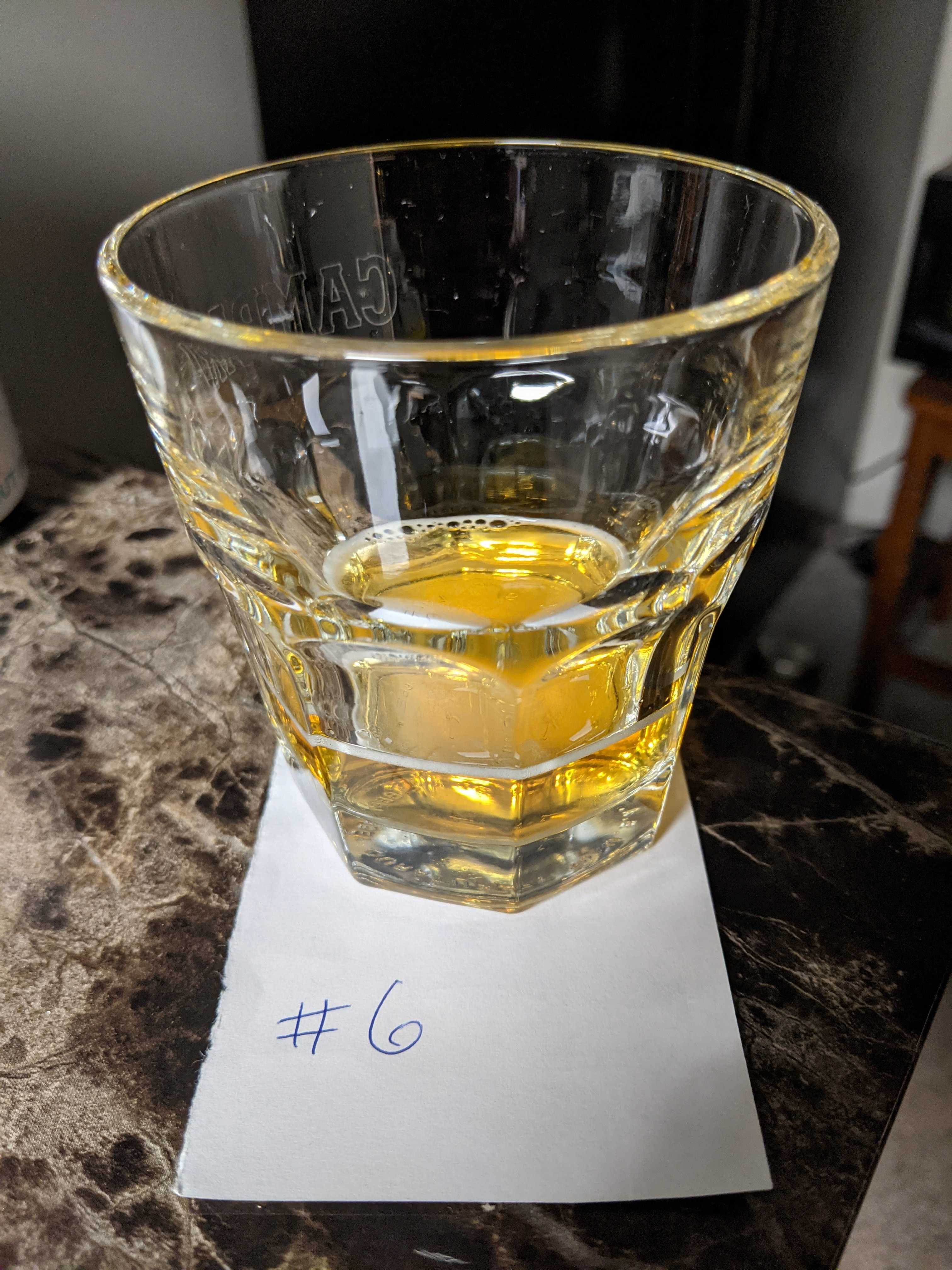
Tasting Notes:
This features a complex nose. There’s a nice mix of lime zest, grapefruit, floral hops, and biscuity and caramel-like malts. Sipping it reveals a well-balanced beer that begins with a nice fruity, citrusy kick of hops followed by slight pine and sweet, toffee-like malts. The finish is hoppy, fruity, and slightly bitter.
Taste 7:
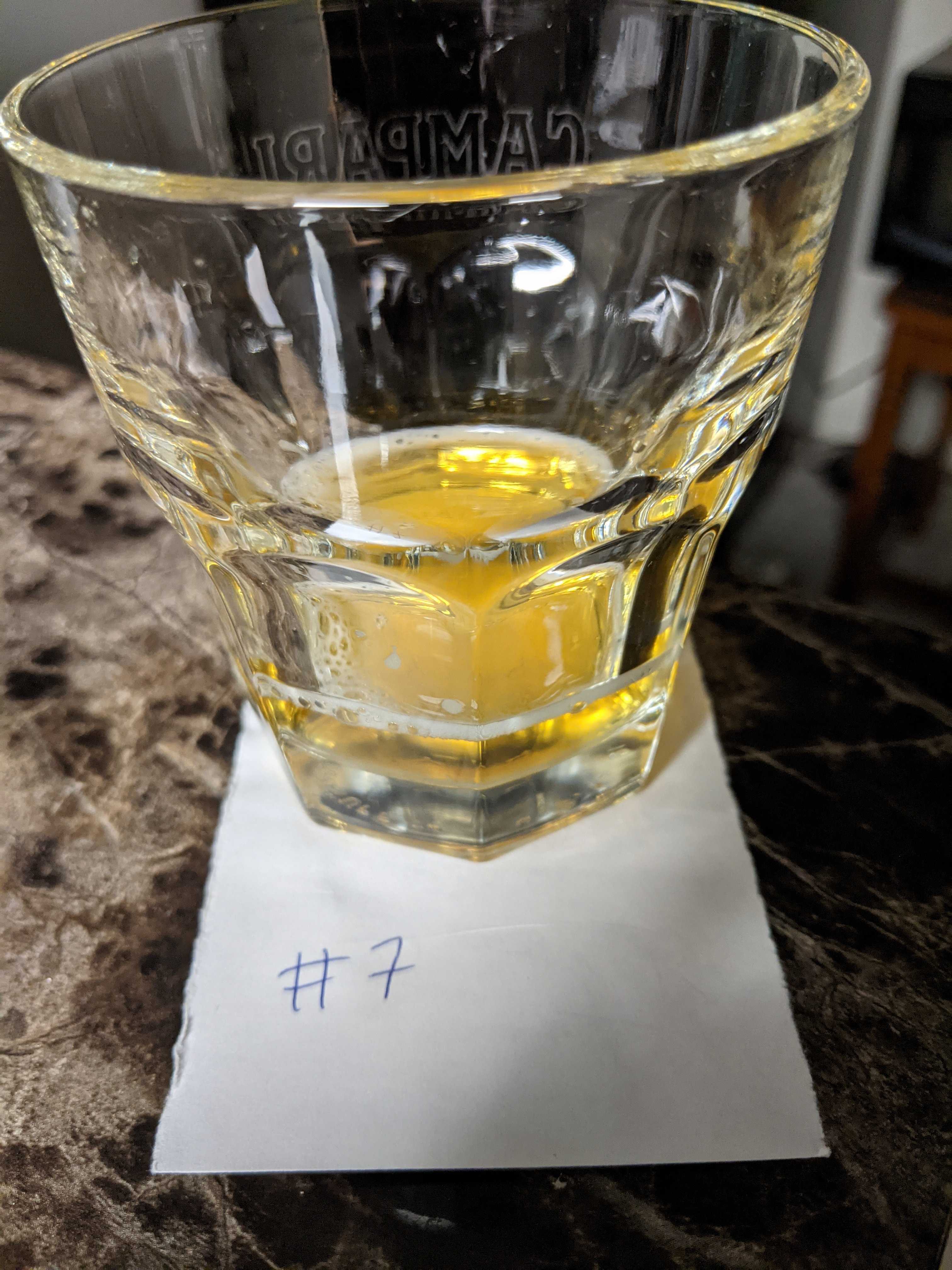
Tasting Notes:
This beer has very fragrant aromas of resinous pine, wildflowers, tart lemons, biscuity malts, and just a hint of spice. The palate is filled with notes of wet grass, flowers, pine, orange peels, grapefruit, and a nice caramel malt finish.
This is a well-rounded beer that highlights pine nicely.
Taste 8:
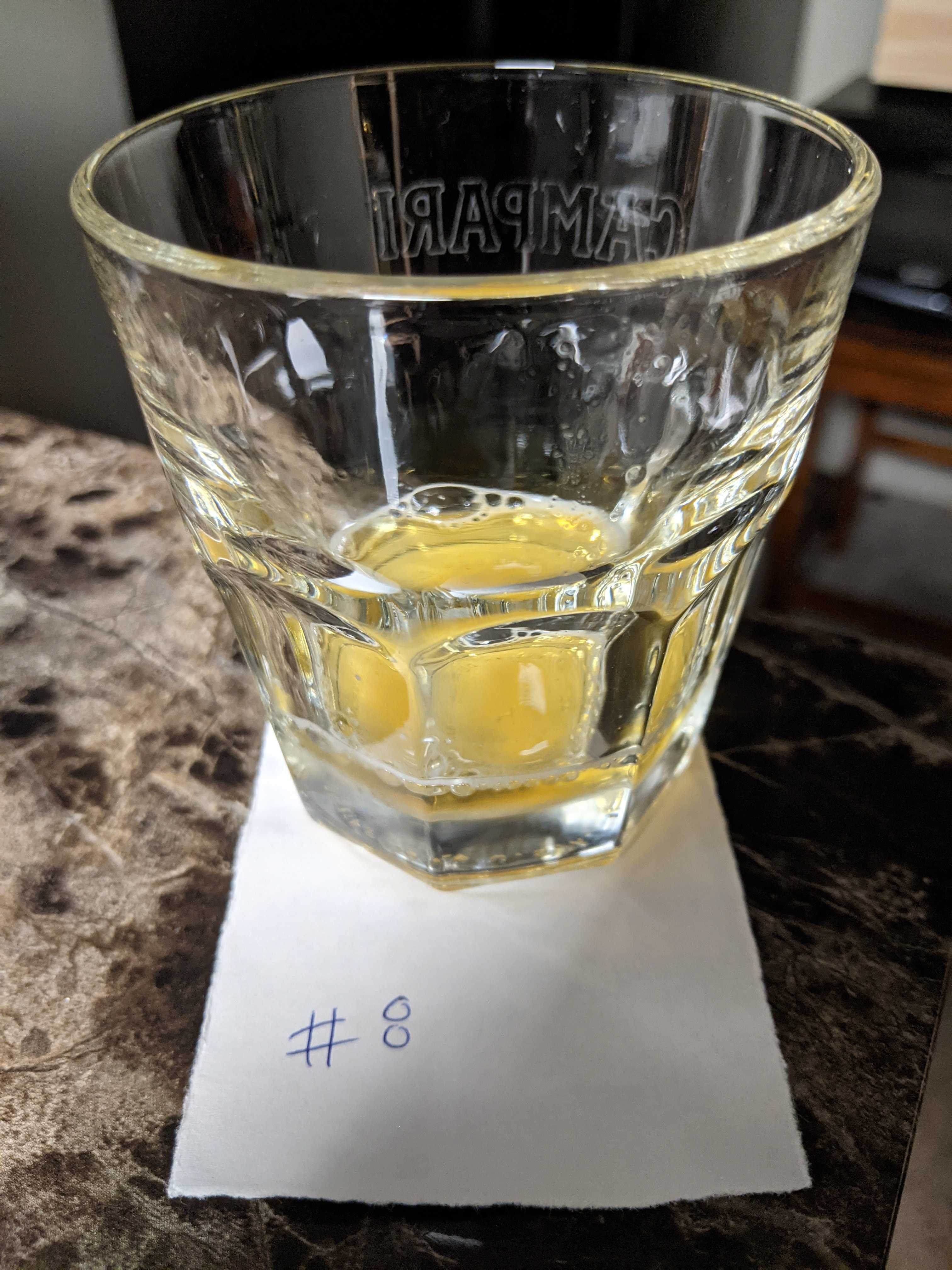
Tasting Notes:
While caramel and biscuit-like malts are prevalent, citrus is the dominant scent on this beer’s nose. The palate revealed pine resin, grapefruit, dry hay, and a nice, sweet malty backbone. It showed a semi-sweet, slightly bitter finish that’s tempered by sweet malts.
Part 2: The Ranking
8) Oskar Blues Dale’s Pale Ale (Taste #5)
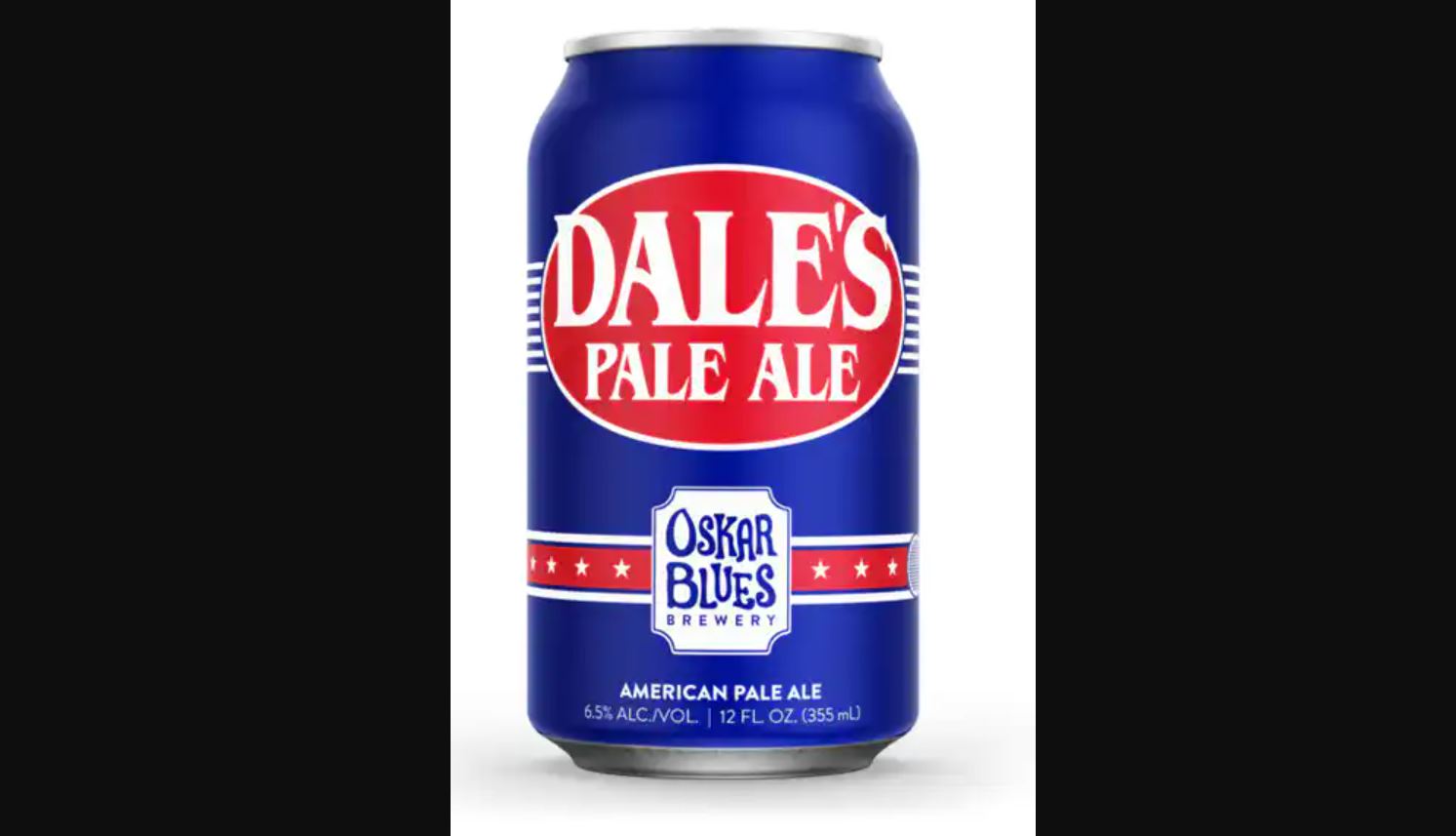
ABV: 6.5%
Average Price: $18 for a 12-pack
The Beer:
First launched in 2002, this pale ale is Oskar Blues’ flagship beer. The “original craft beer in a can” is aggressively hopped and filled with pale malts and dominated by citrus and floral hops. When it comes to a pale ale, this is beer is a few hops away from being an IPA.
Bottom Line:
While this beer contains pale malt, I wish it had a little more impact on the flavor. This is a beer for fans of piney hops who don’t mind bitterness and don’t really care about any other flavors.
7) Sweetwater 420 Extra Pale Ale (Taste #3)
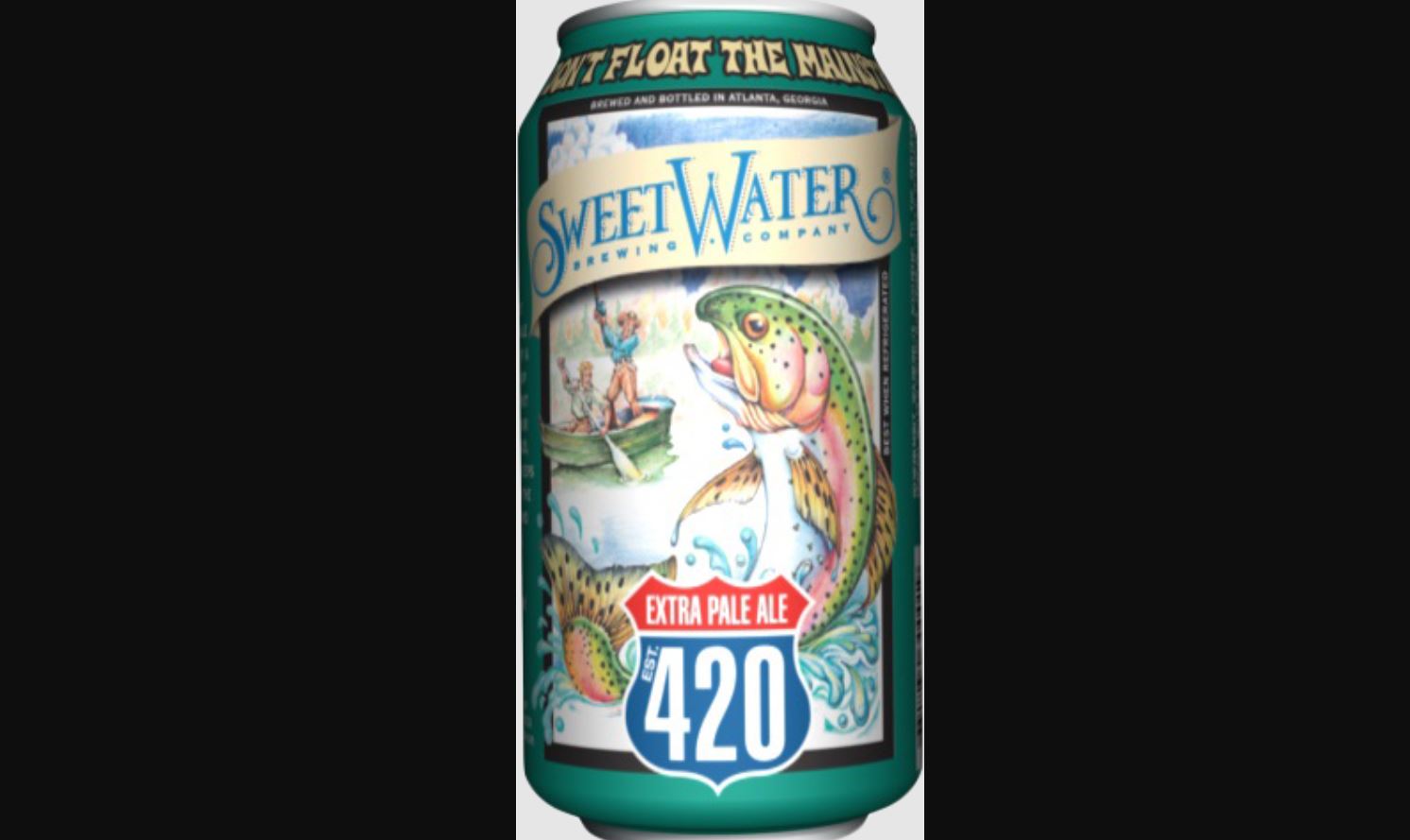
ABV: 5.7%
Average Price: $10 for a six-pack
The Beer:
Sweetwater’s most popular beer, 420 Extra Pale ale is a dry-hopped pale ale that is designed to appeal to fans of dank, piney pale ales. Brewed with midnight wheat, wheat, and Munich, and 2-row malts, as well as Centennial and Cascade hops, it gets added flavor from dry-hopping with even more Cascade hops.
Bottom Line:
You know what you’re getting when you crack open a beer with “420” in its name. This cannabis reference indicates that this beer will be a bitter, floral, hop bomb. It definitely is — which can be a bit much for some pale ale fans.
6) Great Lakes Burning River Pale Ale (Taste #8)
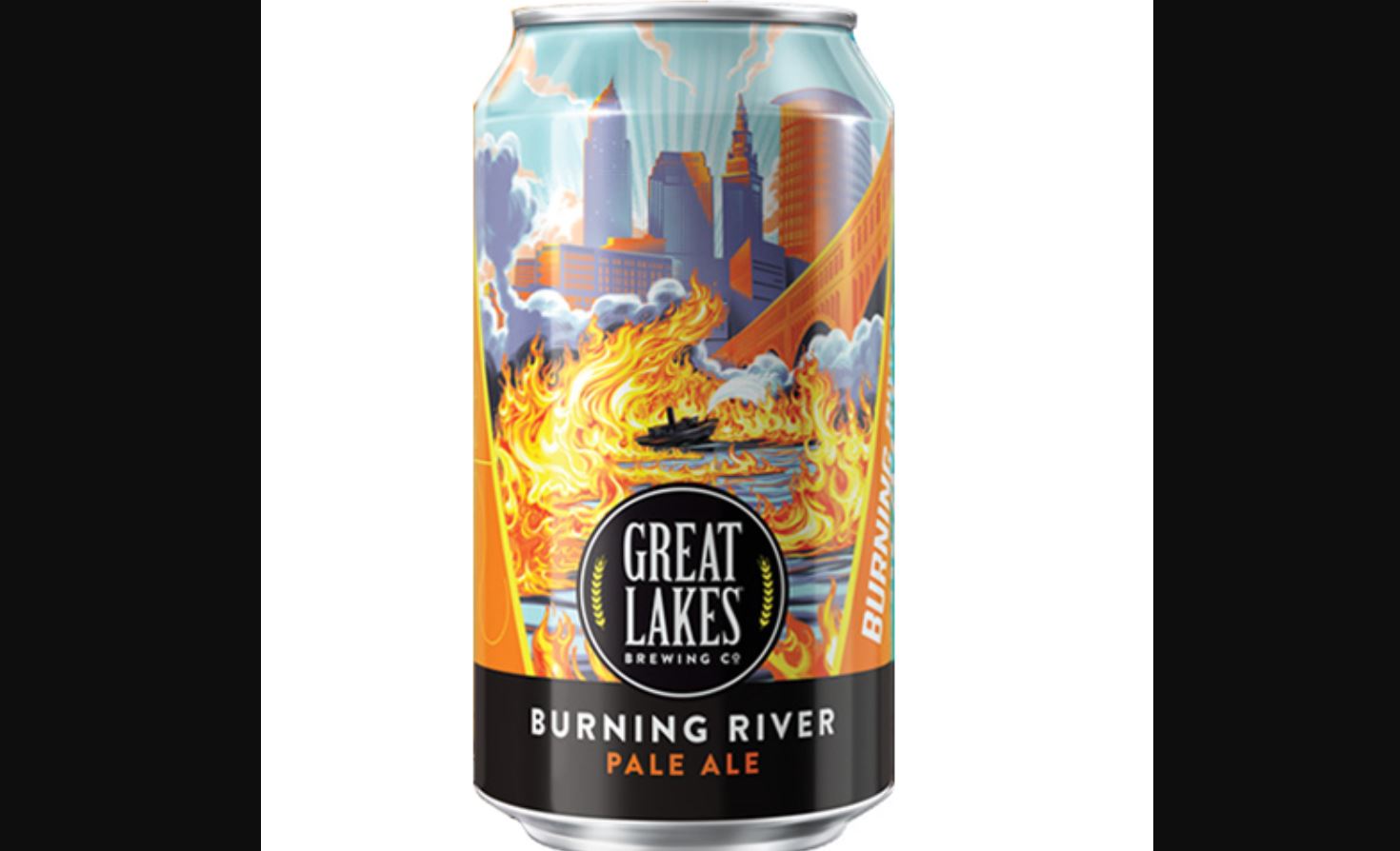
ABV: 6%
Average Price: $10 for a six-pack
The Beer:
Another classic pale ale, Great Lakes Burning River was named for the 1969 burning of a Cuyahoga River. This malt-forward pale is brewed with 2-row, Crystal 45, Caramel 60, and Biscuit malts. It gets its bright, floral hop flavor from the addition of Centennial and Cascade hops.
Bottom Line:
This is a fairly well-rounded pale ale. I can see why this has won numerous awards over the years. The only thing stopping it from being rated higher today is the absence of a few more floral hoppy flavor notes in addition to all the citrus.
5) Deschutes Mirror Pond Pale Ale (Taste #2)
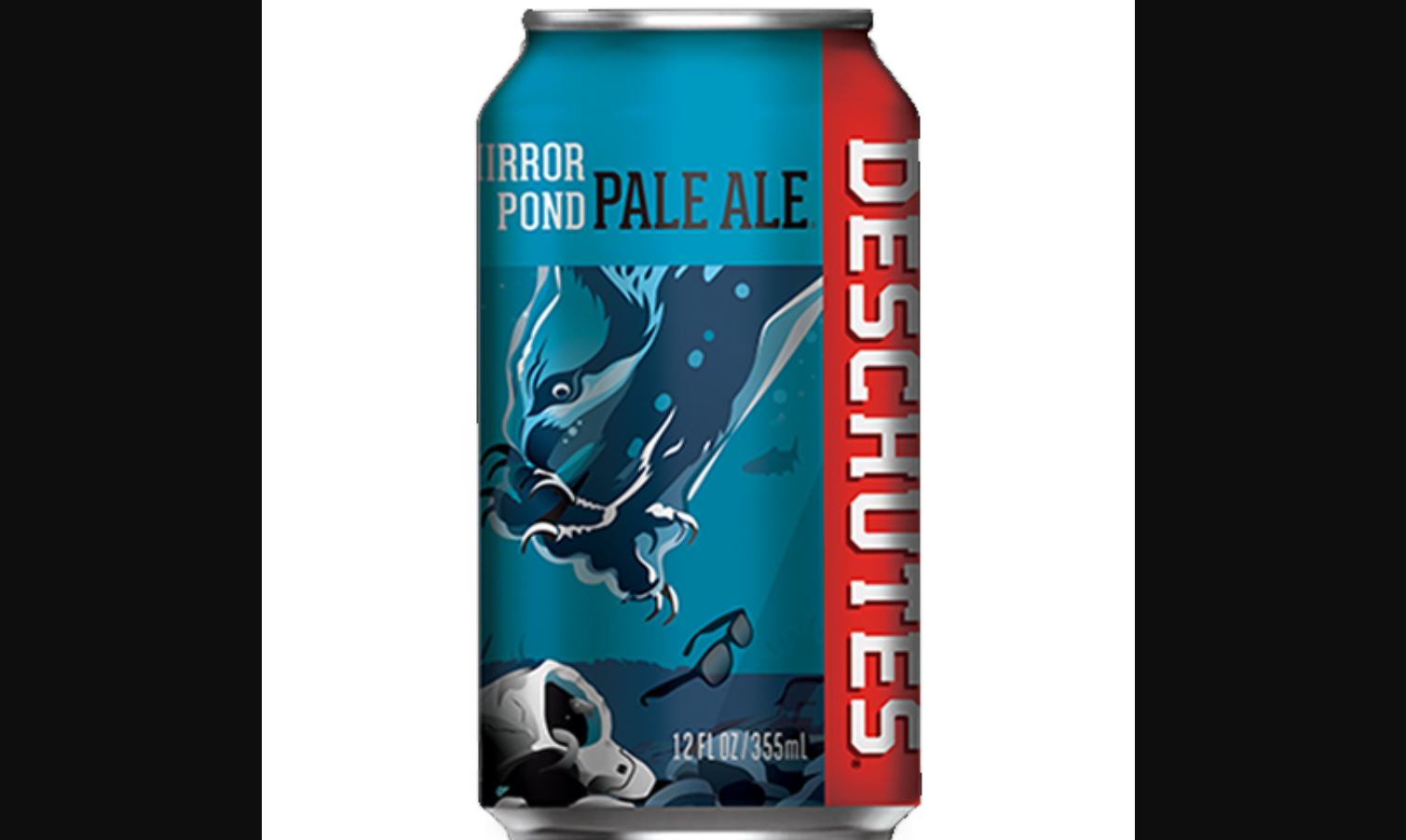
ABV: 5%
Average Price: $9.99 for a six-pack
The Beer:
This year-round, 5% pale ale is brewed with 2-row, Carapils, and Munich malts, as well as classic Cascade hops. One of the most popular, classic pale ales on the market, Mirror Pond is known for its complex flavor and balance between malts and hops.
Bottom Line:
This beer isn’t as crushable as some of the others on this list and that’s not such a bad thing. While it still has a great citrus flavor, it’s maltier and richer than most pale ales — a little more full-bodied.
4) 3 Floyds Zombie Dust Pale Ale (Taste #1)
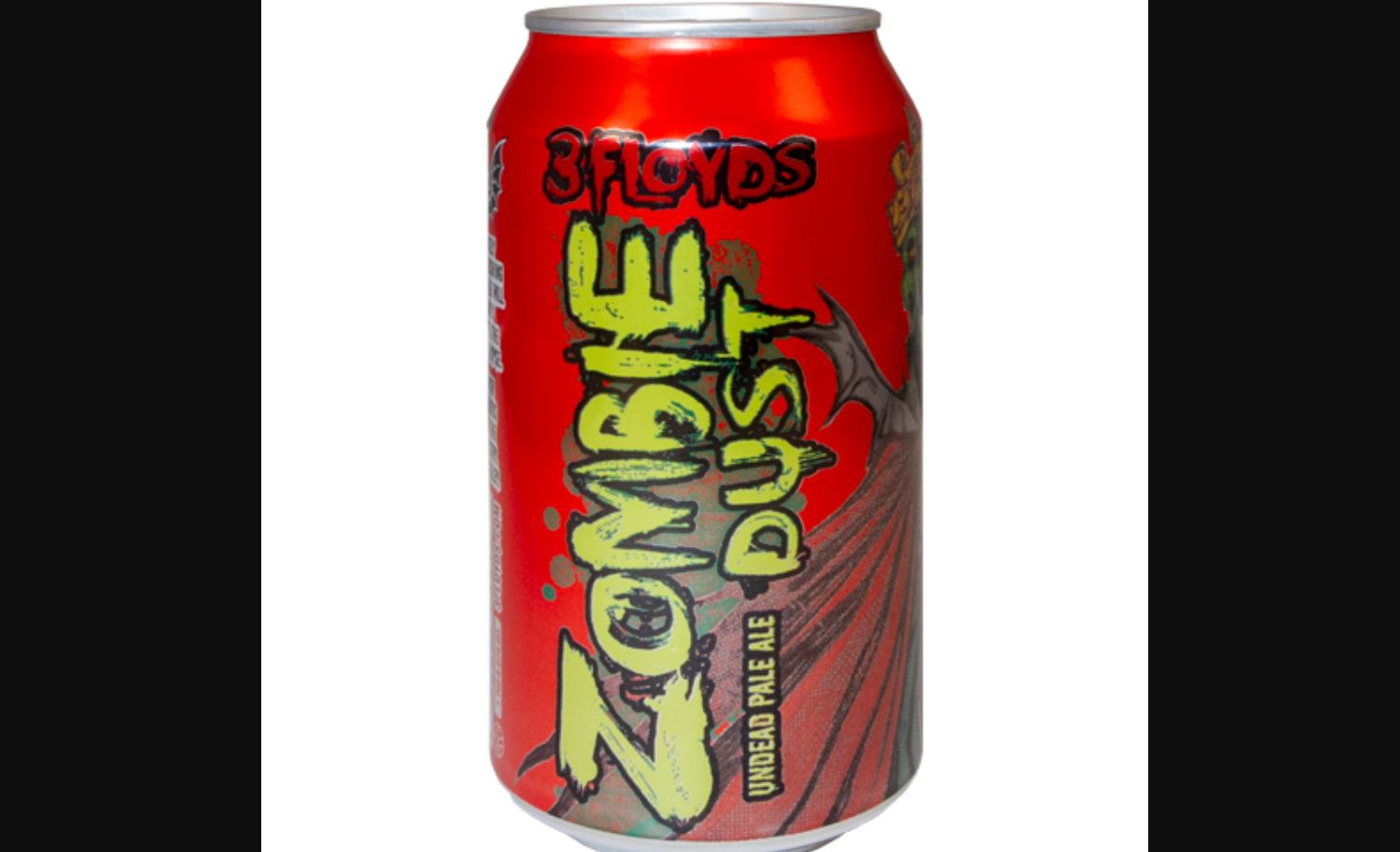
ABV: 6.5%
Average Price: $14.99 for a six-pack
The Beer:
One of the most beloved American pale ales ever made, 3 Floyds Zombie dust is a 6.5% hoppy, floral, citrus-filled beer that has a cult following from coast to coast. Instead of the usual Cascade hops, 3 Floyds opts to use Citra hops as its base. In fact, it was one of the first Citra-hopped beers on the market when it launched back in 2010.
Bottom Line:
This is an extremely flavorful, memorable beer. There are so many flavors dancing around this beer, you’ll need to (and want to) drink multiple pints before you uncover them all.
3) Toppling Goliath Pseudo Sue Pale Ale (Taste #4)
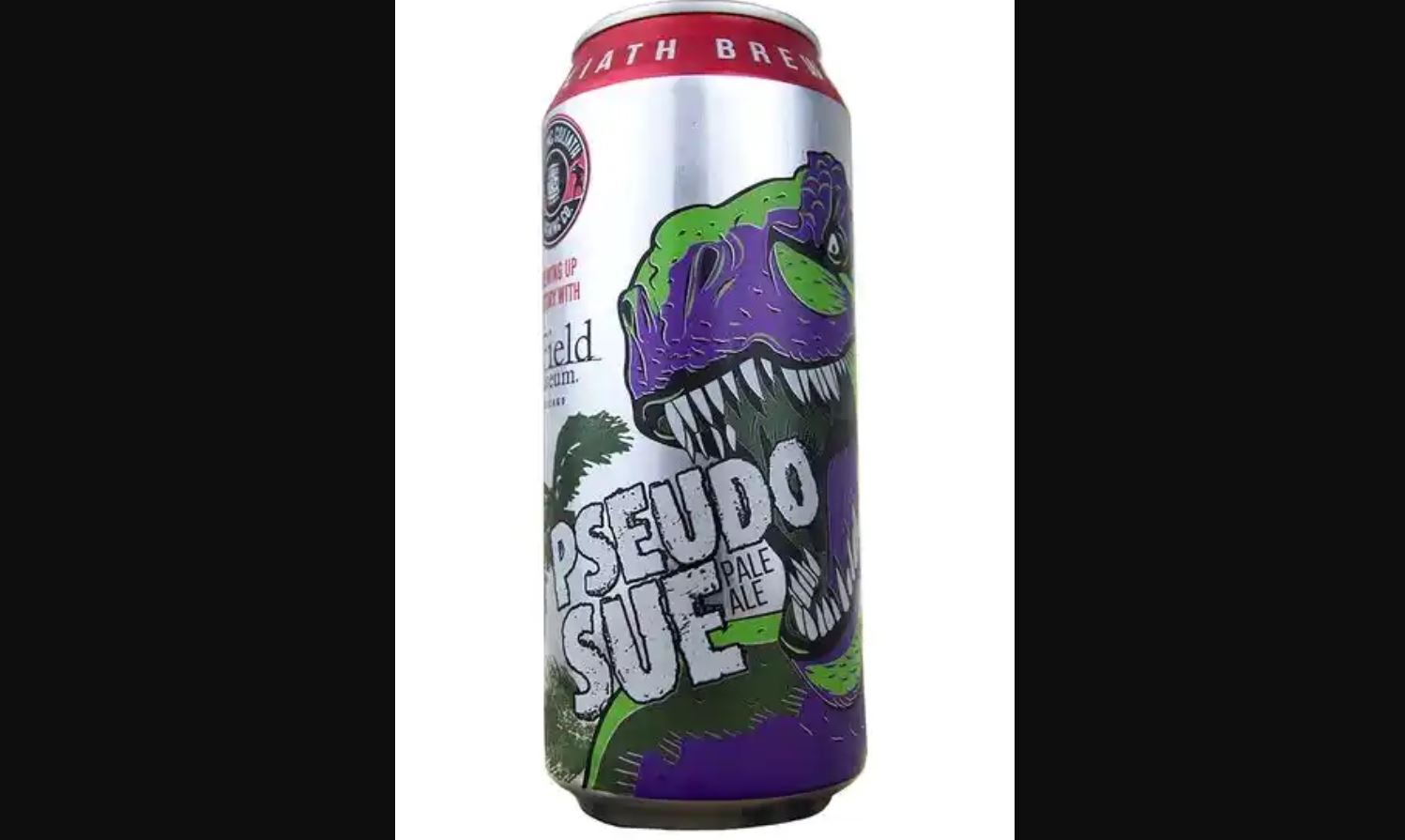
ABV: 5.8%
Average Price: $14 for a 4-pack of 16-ounce cans
The Beer:
Another beer that bucks the trend of brewing pale ales with Cascade hops, Toppling Goliath’s iconic Pseudo Sue is a single-hop pale ale that is exclusively brewed with Citra hops. The result is a surprisingly flavorful, well-balanced, citrus bomb of a pale ale.
Bottom Line:
Even though this beer is dominated by citrus flavor, it’s definitely not one-dimensional — there are a good deal of tropical fruit flavors and a nice malt finish, too. All in all, a very drinkable, thirst-quencher.
2) Sierra Nevada Pale Ale (Taste #6)
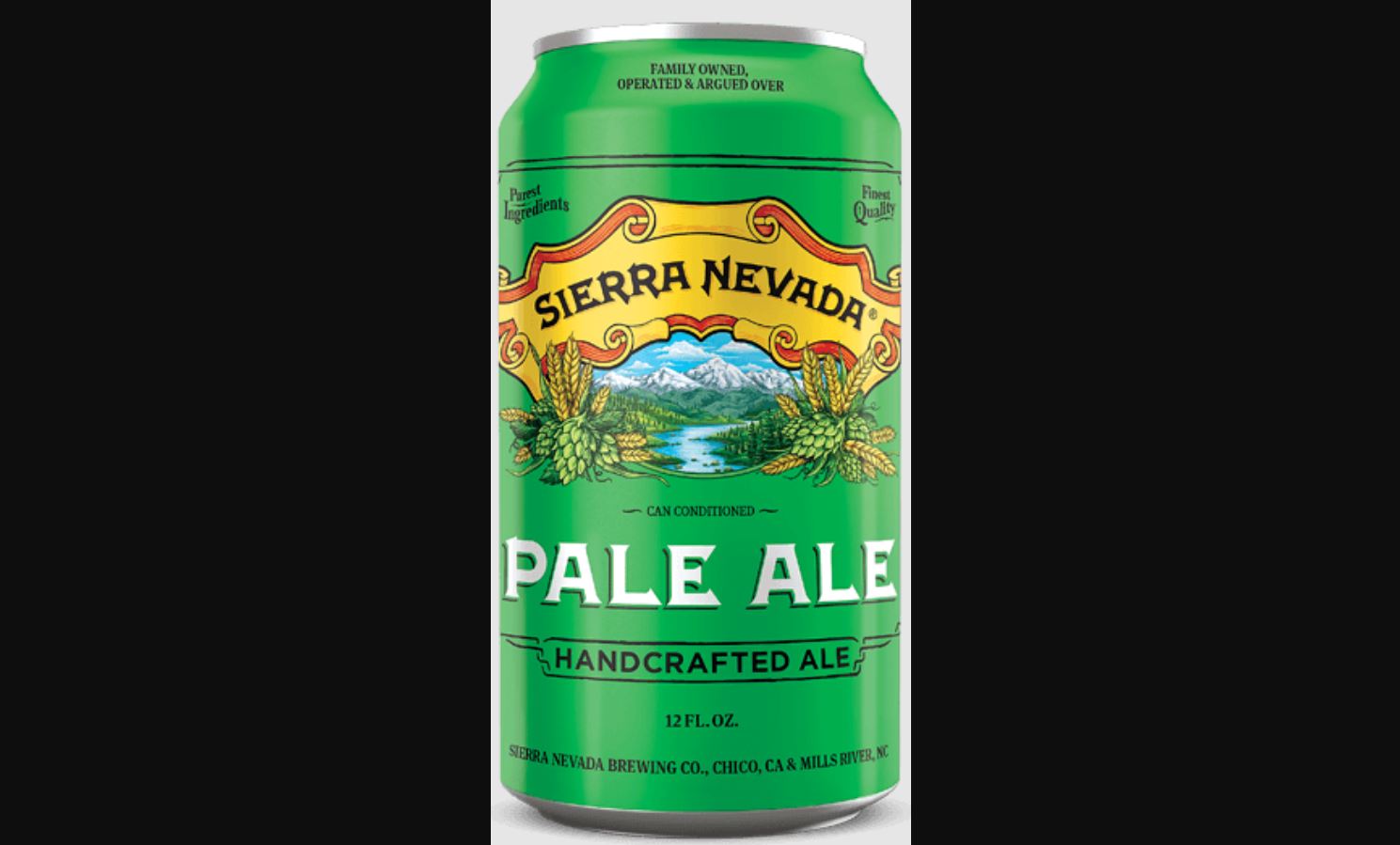
ABV: 5.6%
Average Price: $10.99 for a six-pack
The Beer:
Sierra Nevada is the pale ale that started a revolution when it was launched back in 1980. Unsurprisingly, it’s still as respected today. Brewed with simple ingredients like 2-row and Caramelized malts and Cascade hops, it’s piney, citrusy, and totally refreshing — just as it was forty-one years ago.
Bottom Line:
This is one of the most well-balanced pale ales I’ve ever tasted. There’s a lot of citrus, floral, piney flavors but they work perfectly with the added malts. All in all, a beer I continue to go back to again and again.
1) Half Acre Daisy Cutter Pale Ale (Taste #7)
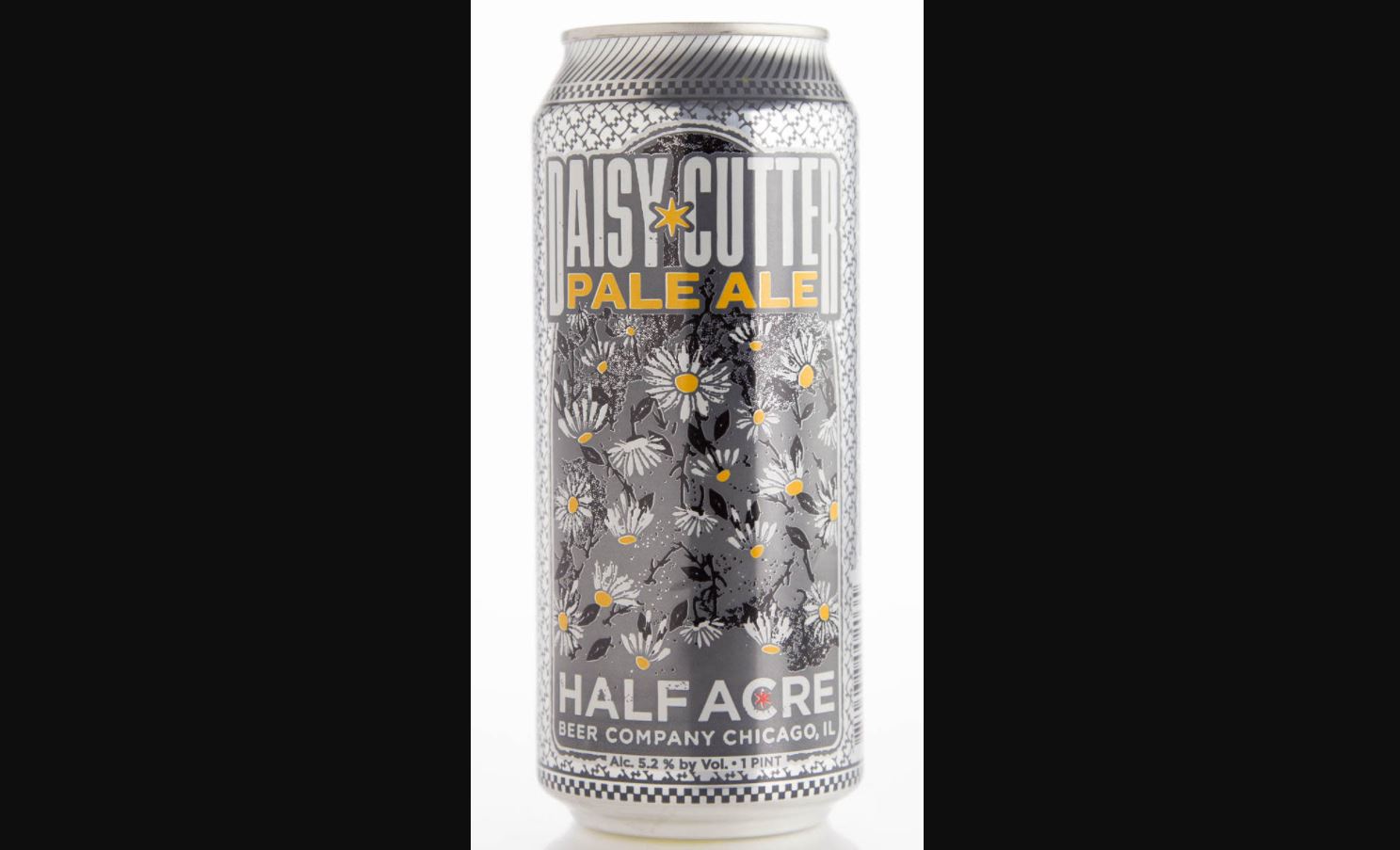
ABV: 5.2%
Average Price: $11 for a 4-pack of 16-ounce cans
The Beer:
Daisy Cutter, launched in 2009, was one of the first beers Chicago’s Half Acre ever made. It began as a limited-edition offering, but beer drinkers loved its piney, fruity, yet well-balanced flavor. Today, it’s the brewery’s most well-known, sought-after beer.
Bottom Line:
While this beer is well-rounded with a nice ratio of hops to malts, the malts included aren’t overly sweet, thus letting the pine and citrus shine.
As a Drizly affiliate, Uproxx may receive a commission pursuant to certain items on this list.
